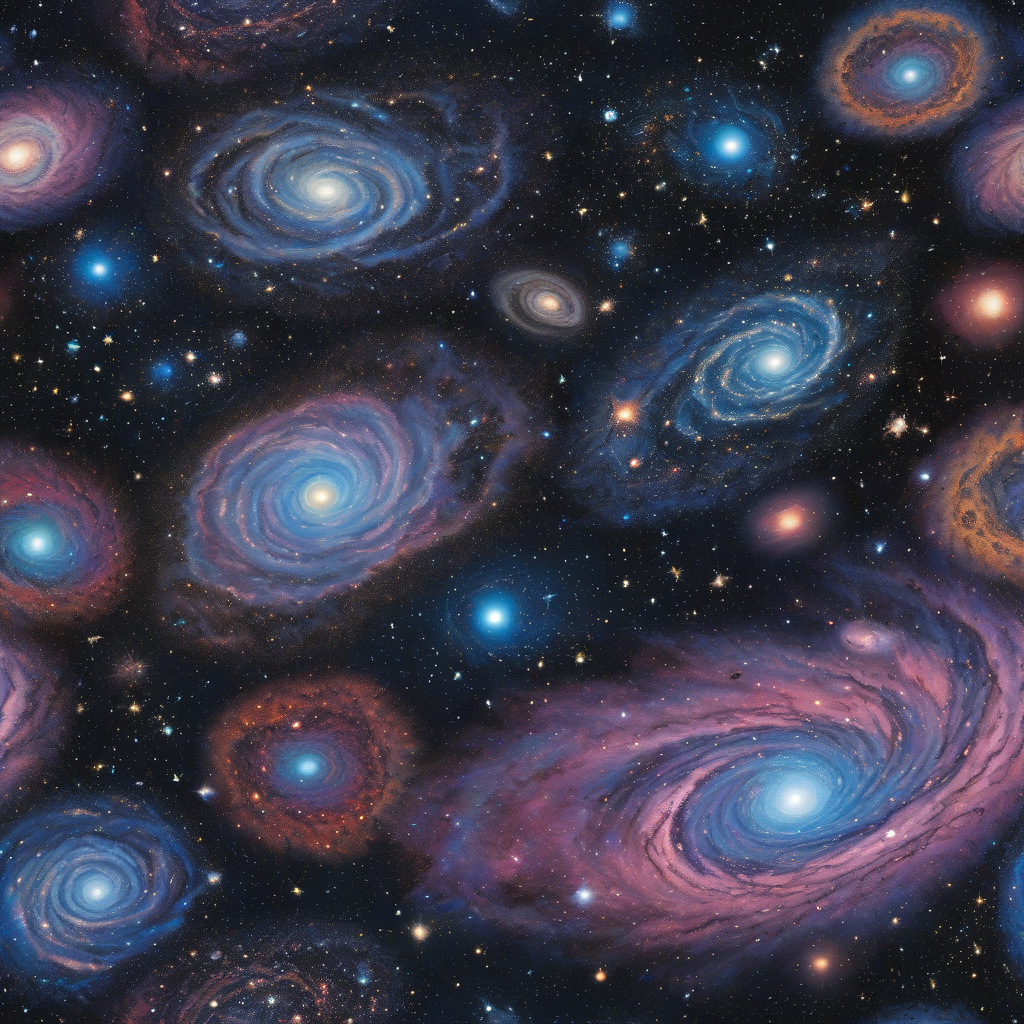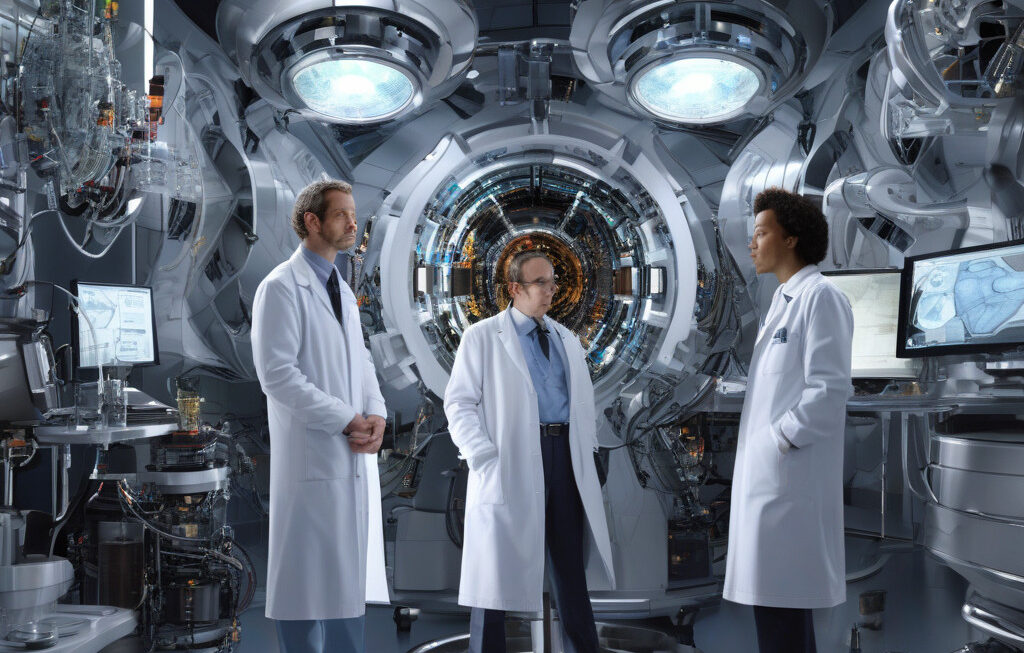Forget one Big Bang — try many. A bold new theory pokes holes in the traditional Big Bang model of the universe’s origins. According to a recent study, the universe may have grown not from a single explosive event but through a series of cosmic energy bursts.
The Big Bang theory has long been the dominant explanation for how the universe began. It posits that the universe started as a singularity – a point of infinite density and temperature – and has been expanding ever since. However, researchers led by Dr. Anna Ijjas from Princeton University have proposed an alternative model that challenges this long-held belief.
Their study, published in the journal Physical Review Letters, suggests that the universe underwent a series of rapid expansion phases, or “bursts,” rather than a single explosive event. These bursts were driven by cosmic energy fields that stretched the fabric of space-time, leading to the universe we see today.
This new theory, known as the “cosmic energy burst” model, offers a fresh perspective on how the universe evolved. It provides an explanation for puzzling phenomena such as the large-scale structure of the cosmos and the uniformity of the cosmic microwave background radiation. By incorporating these observations into their model, the researchers hope to paint a more complete picture of the universe’s history.
One of the key implications of this new model is that it could help resolve some of the inconsistencies in the traditional Big Bang theory. For example, the cosmic energy burst model could explain why the universe appears to be expanding at an accelerating rate, a phenomenon attributed to dark energy in the standard cosmological framework.
While the cosmic energy burst model is still in its early stages, it has already sparked intense debate within the scientific community. Some researchers are skeptical of the new theory, arguing that it lacks solid observational evidence to support its claims. Others, however, see it as a promising avenue for further exploration and testing.
In the coming years, scientists hope to gather more data from ongoing experiments and observations to either confirm or refute the cosmic energy burst model. If the new theory withstands scrutiny, it could revolutionize our understanding of the universe and how it came to be.
As we continue to unravel the mysteries of the cosmos, one thing is clear: the quest to understand our place in the universe is far from over. Whether it’s through bold new theories like the cosmic energy burst model or refined observations of the cosmos, each discovery brings us closer to unlocking the secrets of the universe’s origins.
In the ever-changing landscape of cosmology, one thing remains constant: the universe is full of surprises, waiting to be uncovered.
big bang, cosmic energy bursts, universe origins, scientific theories, cosmology











